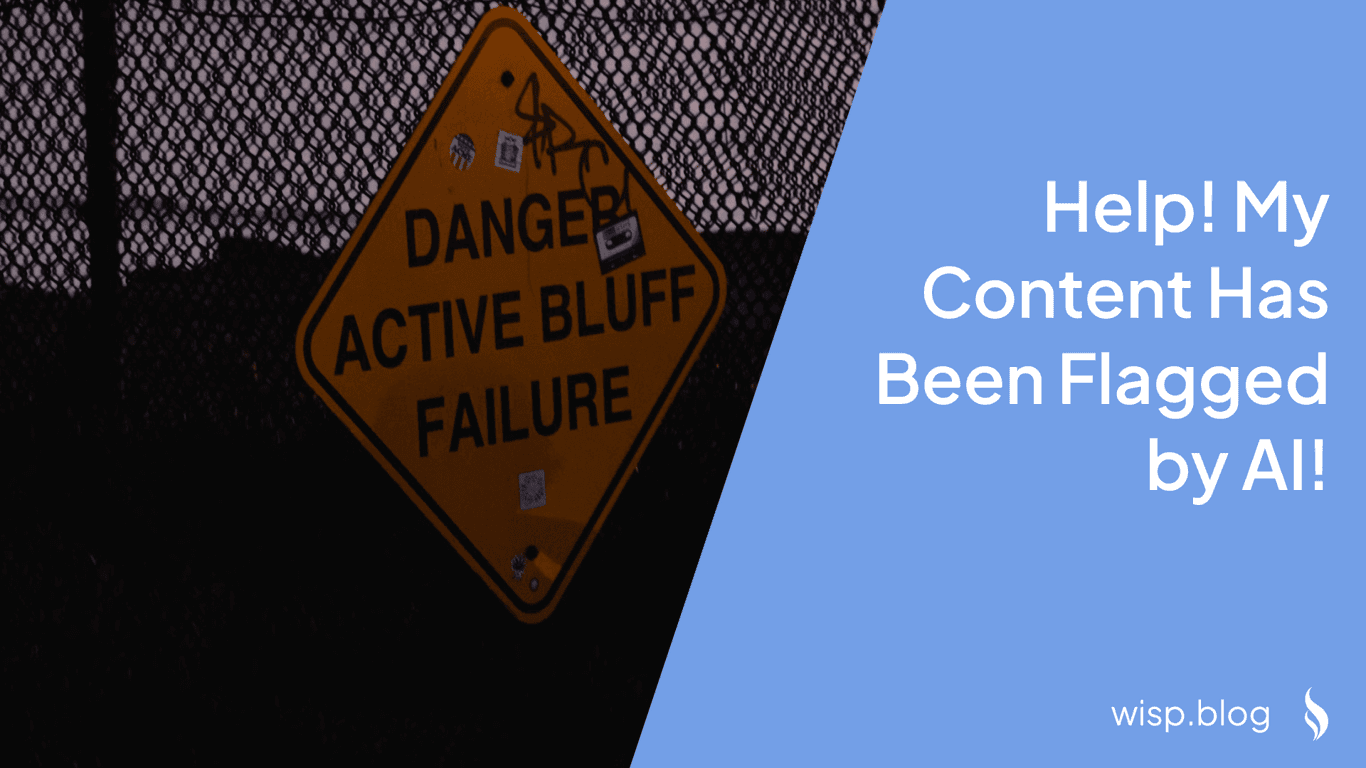 You scroll through your social media feed and suddenly encounter disturbing content that slipped past moderation systems. For parents, this scenario represents a constant worry—inappropriate images appearing in their children's feeds despite platform safeguards. With an estimated 240,000 images uploaded to Facebook, 65,000 to Instagram, and 575,000 tweets every minute, how do platforms even attempt to keep users safe?
You scroll through your social media feed and suddenly encounter disturbing content that slipped past moderation systems. For parents, this scenario represents a constant worry—inappropriate images appearing in their children's feeds despite platform safeguards. With an estimated 240,000 images uploaded to Facebook, 65,000 to Instagram, and 575,000 tweets every minute, how do platforms even attempt to keep users safe?
Behind the scenes, a sophisticated combination of algorithms, hashing techniques, and human oversight works continuously to filter harmful content. But as users and developers alike have observed, these systems are far from perfect.
What is Hashing and Why Does It Matter?
Hashing is a foundational technique that converts input data of any size into a fixed-size string of text, typically represented in hexadecimal format. Think of it as creating a unique digital fingerprint for any piece of content.
For a hash function to be effective in content moderation, it needs several key characteristics:
Deterministic: The same input must consistently produce the same output
Fast computation: Hash values need to be generated quickly to handle massive content volumes
Pre-image resistance: It should be practically impossible to reverse-engineer the original content from its hash
Sensitivity: Even minor changes to the input should produce dramatically different outputs
Collision resistance: Different inputs should yield different hash outputs
Common hash functions include MD5 (fast but vulnerable), SHA-1 (more secure but still with weaknesses), and SHA-256 (part of the SHA-2 family offering better security with a 256-bit hash).
While these traditional cryptographic hash functions are valuable for data integrity verification, content moderation requires specialized approaches—particularly for images.
Image Hashing: The Foundation of Visual Content Moderation
Unlike traditional hashing where any tiny change produces a completely different hash, image moderation requires a different approach called perceptual hashing. This technique creates hash values that identify visually similar images, even when they've been slightly altered.
One popular algorithm is Difference Hashing (dHash), which processes images through several steps:
Convert the image to grayscale to simplify data
Resize to a uniform dimension (commonly 9x8 pixels)
Calculate brightness differences between adjacent pixels
Build a binary hash based on these differences
When two images have a Hamming distance (the number of positions at which corresponding bits differ) of less than 10, they're likely variations of the same image. This capability is crucial for detecting harmful content even when bad actors make minor modifications to evade detection.
PhotoDNA and CSAM Detection
One of the most widely adopted image moderation technologies is Microsoft's PhotoDNA, which specifically targets Child Sexual Abuse Material (CSAM). PhotoDNA uses robust hashing technology to identify known illegal images even if they've been resized or slightly altered.
The system works by:
Converting images to black and white
Resizing them to a standard format
Dividing them into a grid
Assigning numerical values to each square based on intensity gradients
Creating a unique "hash" that represents the image's distinctive characteristics
These hashes are compared against databases of known harmful content, enabling rapid identification without needing to review the images manually. When a match is found, the content can be automatically blocked, and appropriate authorities notified.
AI-Powered Moderation: Beyond Simple Hashing
While hashing excels at finding matches to known harmful content, it can't detect new inappropriate material. This is where AI and machine learning systems like AWS Rekognition, Google Cloud Vision, and similar services come into play.
These systems employ several sophisticated techniques:
Computer Vision: Analyzes visual data to identify potentially harmful images based on their actual content rather than matching against known examples
Object Character Recognition (OCR): Extracts and moderates text within images, helping identify offensive content that might be embedded in visual form
Natural Language Processing (NLP): Used for text moderation, improving the overall accuracy of content filtering
However, users across platforms express consistent frustration with these systems. As one developer noted: "Google Cloud Vision's moderation is inconsistent, leading to false positives and missed inappropriate content." This pain point highlights a common challenge—balancing sensitivity with precision.
The Persistent Challenge of False Negatives
False negatives—harmful content that slips through moderation systems—represent one of the most serious concerns for platforms. Several factors contribute to this ongoing challenge:
Adversarial attacks: Bad actors deliberately manipulate content to deceive AI systems, slightly altering known harmful images to bypass hash-matching or making subtle changes that confuse classification algorithms
Novel content: New types of harmful content emerge constantly, and systems trained on historical data may fail to recognize these new patterns
Contextual understanding: AI struggles with nuanced cultural contexts that human moderators can more readily interpret
Technical limitations: Current algorithms still face challenges with partially visible objects, ambiguous scenarios, and content that requires cultural or situational awareness
Improving Detection Algorithms: The Path Forward
Addressing these challenges requires a multi-faceted approach that combines technical innovation with human oversight:
Enhanced AI Training with Human-in-the-Loop (HITL)
The most effective moderation systems incorporate human feedback to continuously improve algorithm performance. This approach, known as Human-in-the-Loop (HITL), creates a virtuous cycle where:
AI systems flag potentially problematic content
Human moderators review these cases
Their decisions feed back into the system, improving future detection
The AI gradually learns to handle more complex cases
As one content moderation expert explains, "By 2025, the global data generated daily is expected to surpass 400 billion gigabytes." This staggering volume makes AI assistance essential, but human oversight remains critical for teaching these systems.
Contextual Analysis and Deep Learning
Next-generation moderation systems are moving beyond simple classification to incorporate contextual understanding. Deep learning models analyze not just the content itself but surrounding elements that provide context.
For example, an image of medical anatomy might be appropriate in an educational context but inappropriate elsewhere. Advanced systems increasingly consider:
The platform where content appears
The intended audience
Cultural and geographical norms
The full context of surrounding content
Combining Multiple Hashing Techniques
Rather than relying on a single approach, modern systems often employ multiple complementary techniques:
Traditional cryptographic hashing for exact matches
Perceptual hashing for visually similar content
Semantic hashing that captures conceptual similarities
Specialized algorithms for particular content types (faces, text within images, etc.)
This layered approach significantly reduces the likelihood of harmful content slipping through.
Ethical Considerations Cannot Be Overlooked
The technical discussion of algorithms and hashing cannot be separated from ethical considerations. Two particular concerns stand out:
The Human Cost of Moderation
The heavy reliance on low-paid human moderators for handling flagged content raises serious concerns about working conditions and mental health. These workers review the most disturbing content that algorithms flag or miss, often causing significant psychological harm.
As platforms improve automated systems, they must also consider the well-being of the human moderators who remain essential to the process. This includes providing adequate mental health support, reasonable exposure limits, and fair compensation.
Transparency and Accountability
Users consistently express frustration with the lack of transparency in content moderation decisions. As one user commented regarding image removals: "There's no clarity on why certain content gets flagged while similar material remains."
Platforms should provide clearer documentation about moderation practices and more specific explanations when content is removed. This transparency builds trust and helps users better understand platform guidelines.
Conclusion: The Ongoing Balance Between Safety and Freedom
As our digital landscape continues to evolve, so too must our approaches to content moderation. The technical mechanisms behind hashing and image recognition represent remarkable achievements in keeping users safe, but significant challenges remain.
The ideal content moderation system balances several competing priorities:
Effectively removing harmful content
Minimizing false positives that restrict legitimate expression
Providing transparency into decision-making processes
Protecting the well-being of human moderators
Adapting to new forms of harmful content
By continuing to refine algorithms, incorporate human oversight, and address ethical concerns, we can create safer online spaces without unduly restricting the free exchange of ideas that makes the internet valuable.
For developers interested in implementing these techniques, resources like PyImageSearch's guide on image hashing with OpenCV and Python provide practical starting points. For those interested in the evolving landscape of content moderation, organizations like Chekkee offer insights into AI-led moderation approaches.
The future of content moderation lies not in technology alone, but in thoughtful systems that combine the best of algorithmic efficiency with human judgment and ethical consideration.



